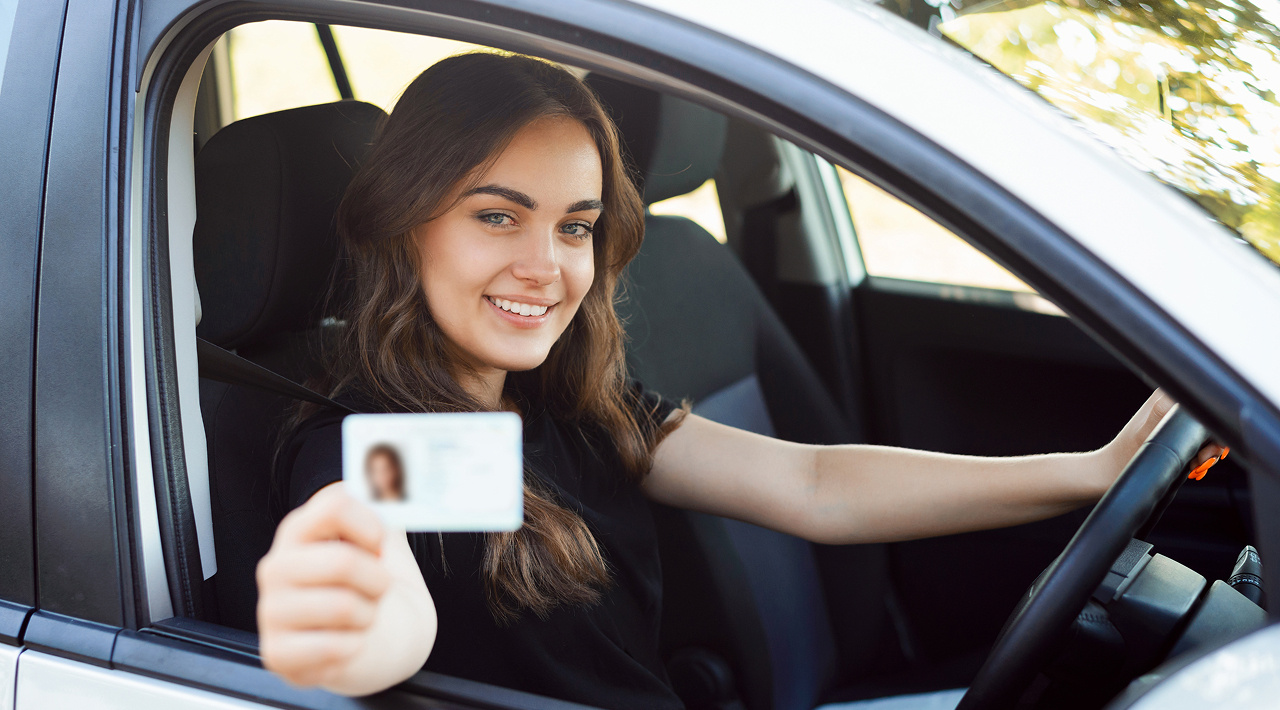Rules regarding new and learner drivers in the UK are constantly being updated to maintain road safety and ensure that newly-qualified drivers can enjoy years of happy and safe driving without presenting a danger to themselves or other road users.

This article will explore the key points for new young drivers, giving you all the information you need to get behind the wheel for the first time.
It was recently announced in the UK that the Department of Transport is considering introducing a graduated driver licensing scheme. This would restrict what new drivers are allowed to do with the aim of reducing the number of deaths and accidents on our roads.
No official amendments have yet been made, but changes are being explored that would target young drivers specifically. These changes could include a minimum learning period before becoming eligible to take a driving test, being prevented from driving at night, and not being able to carry other teenagers or young people as passengers in your car.
Similar schemes are already in place in New Zealand, Sweden, the USA, Canada and some parts of Australia, where they have been successful. However, some critics have questioned whether these potential changes could impact young peoples’ access to employment and educational opportunities.
In the UK, you currently need to be 17 years old to learn to drive. Sadly, statistics show that one in five new drivers crash during their first 12 months behind the wheel, while young men aged between 17 and 24 are the highest risk group of any drivers on the road when it comes to accidents.
As things stand, new drivers do not currently face any restrictions in terms of when they can drive or who they can carry in their car. The highway code includes a section on new drivers that recommends not driving between midnight and 6am unless absolutely necessary.
These safety tips also warn against showing off to passengers in the car and making sure everyone is wearing their seat belts throughout the journey. The highway code also recommends further training once passing your test that could not only reduce your risk of being involved in an accident, but also potentially save you money on your car insurance.
New drivers can face losing their licence if they receive six penalty points within two years of passing their test. Should they lose their licence, new drivers would need to pass both the theory and practical tests again to have their full licence reinstated.
Some driver education organisations offer special younger driver intervention courses to those under 25 as an alternative to fines or points on their driving licence. The aim of such courses is to further educate young drivers as to the risks and potential dangers of the decisions they make when they get behind the wheel.
Buying your first car is a big step and new drivers often underestimate the financial investment required that goes beyond the cost of the car itself and is primarily represented by car insurance, the price of which has risen exponentially in recent years. Add to that the servicing and maintenance costs involved in keeping a car on the road and car ownership can quickly become prohibitive.
New drivers could undoubtedly benefit from the option to lease their first car, allowing them to keep their budget under control by limiting the financial risks involved. Leasys’ personal contract hire is a great option when it comes to getting the first car you want without the fear of overstretching your wallet.
All Leasys contracts come with a number of services as standard, including roadside assistance, a dedicated driver helpline and payment of the road fund licence (road tax). For a small, inflation-proof additional fee, you can also opt for a maintenance package that includes regular checks on your car, necessary repairs and tyre replacement. Speak to a member of Leasys’ customer care team to find out how leasing a car could be the best way for you to get behind the wheel of your own car for the first time.